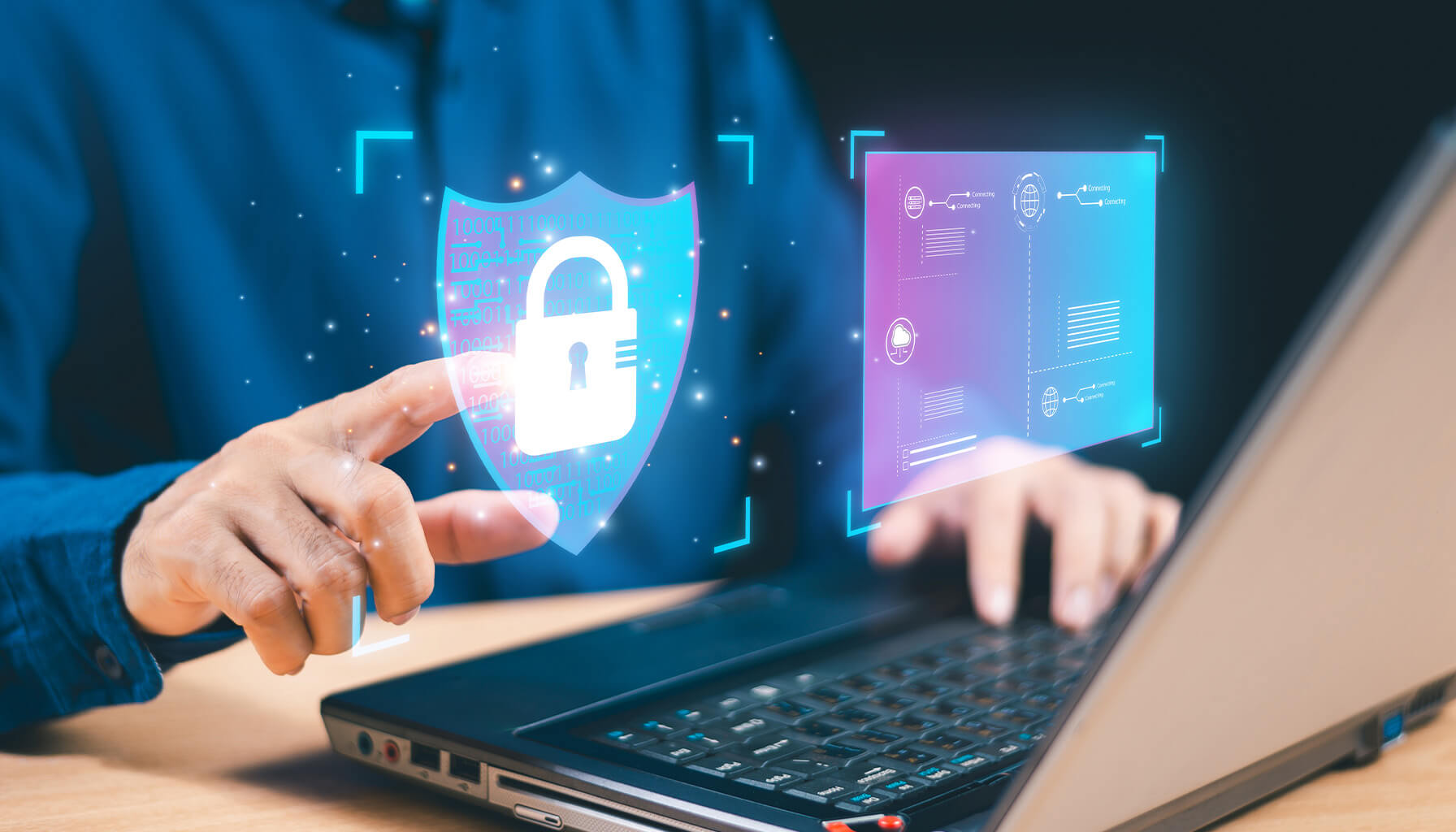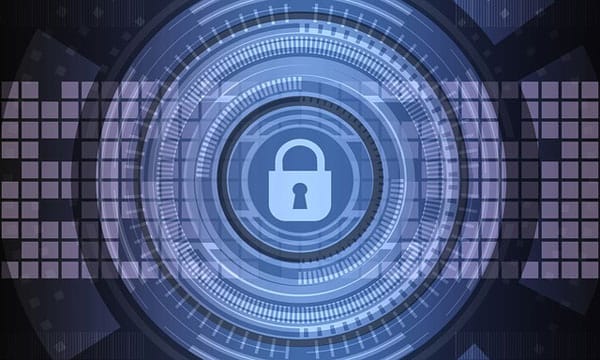In an era where cyber threats loom large, the Central Reserve Police Force (CRPF) has fortified its digital infrastructure with a Virtual Private Network (VPN) to safeguard sensitive data and communications. The CRPF VPN login system ensures a secure gateway for personnel to access critical information remotely, reinforcing national security while maintaining operational efficiency. However, navigating this digital fortress requires not only technical know-how but also a human-centered approach to cybersecurity.
Understanding CRPF VPN: A Digital Shield
A VPN serves as a secure channel that encrypts data traffic, shielding it from cyber threats such as hacking, surveillance, and data breaches. The CRPF VPN login system plays a crucial role in securing internal communications, preventing unauthorized access, and ensuring that mission-critical information remains confidential. By tunneling data through encrypted servers, the VPN minimizes the risk of cyber espionage and enhances the force’s operational readiness.
The Human Element in Cybersecurity
While technological advancements have strengthened digital security, human factors remain integral to the effectiveness of any system. The CRPF VPN login process emphasizes user authentication, secure credentials, and regular security awareness training. Here’s how a human-centric approach enhances cybersecurity:
1. User Training & Awareness
Personnel must be equipped with knowledge about best cybersecurity practices, including recognizing phishing attempts, avoiding public Wi-Fi for VPN access, and maintaining strong passwords. Periodic training sessions ensure that CRPF officials stay updated on emerging threats.
2. Multi-Factor Authentication (MFA)
Adding an extra layer of security through MFA—such as biometric verification, OTPs, or security tokens—reduces the risk of credential theft. Even if a password is compromised, unauthorized access remains difficult.
3. Zero-Trust Framework
Adopting a zero-trust policy means verifying every login attempt, regardless of whether the user is within the organization’s network or accessing remotely. This limits internal vulnerabilities and strengthens security.
4. User-Friendly Interface
A seamless yet secure login experience reduces the chances of personnel circumventing security protocols due to complexity. A well-designed VPN login system encourages adherence to security measures without compromising convenience.
Challenges and Solutions in CRPF VPN Login
Despite its robust security, the CRPF VPN system faces certain challenges:
- Latency Issues: Heavy encryption can sometimes slow down access. Optimizing server loads and using dedicated high-speed networks can alleviate this issue.
- Credential Management: Frequent password updates and MFA implementation help mitigate unauthorized access risks.
- Insider Threats: Educating personnel about cybersecurity threats and monitoring unusual login activities can prevent breaches from within.
Conclusion
The CRPF VPN login system is more than just a digital shield—it is a crucial asset in national security. However, cybersecurity is not solely about firewalls and encryption; it also hinges on the people using these systems. By fostering a culture of security awareness, implementing strong authentication methods, and ensuring a user-friendly interface, the CRPF can navigate its digital fortress with both technology and human touch.
FAQs About CRPF VPN Login
1. What is the CRPF VPN?
The CRPF VPN (Virtual Private Network) is a secure, encrypted network used by Central Reserve Police Force personnel to access internal systems, confidential data, and communications safely from remote locations.
2. Who can access the CRPF VPN?
Only authorized CRPF personnel with valid login credentials can access the VPN. Unauthorized access is strictly prohibited.
3. How do I log in to the CRPF VPN?
To log in:
- Open the VPN client (officially provided by CRPF IT department).
- Enter your credentials (username & password).
- Complete Multi-Factor Authentication (MFA) (OTP, security key, or biometric verification if enabled).
- Connect to the VPN and securely access internal systems.
4. What should I do if I forget my VPN password?
If you forget your password:
- Contact the CRPF IT Helpdesk for a password reset.
- Follow the official password recovery process as instructed.
- Never share your new password with anyone.
Also Read: Pedrovazpaulo Business Consultant: Empowering Businesses for Success
5. Why is my CRPF VPN login not working?
Common reasons include:
- Incorrect credentials – Double-check your username and password.
- Network issues – Ensure you have a stable internet connection.
- Server downtime – Sometimes, VPN servers undergo maintenance. Try again later.
- Expired credentials – Contact IT support to update login details.
6. Can I use CRPF VPN on my personal device?
No, CRPF VPN is typically restricted to official devices for security reasons. Personal devices must be approved by IT administrators before use.
7. How can I ensure a secure VPN connection?
- Use only CRPF-approved VPN software.
- Avoid connecting from public Wi-Fi or unsecured networks.
- Keep your login credentials confidential and enable MFA.
- Log out of the VPN when not in use.
8. How do I update my VPN software?
- IT administrators will provide official updates.
- Do not download or install VPN updates from unverified sources.
- Always keep your device’s security patches up to date.
9. What should I do if I suspect unauthorized access?
- Immediately report any suspicious activity to the IT department.
- Change your password immediately.
- Monitor login activity for any unusual access attempts.
10. Is CRPF VPN monitored?
Yes, CRPF VPN usage is monitored for security reasons to prevent unauthorized access, data breaches, or cyber threats. Misuse of the VPN can lead to disciplinary action.
11. What if my VPN connection keeps dropping?
Possible solutions:
- Switch to a more stable network.
- Restart your VPN client and device.
- Check for software updates or server status.
- Contact IT support for assistance.
12. Can I access CRPF VPN from outside India?
Access from outside India may be restricted or require additional security verification. Contact the IT department before traveling for guidance.
13. What should I do after finishing my VPN session?
- Log out properly to avoid unauthorized access.
- Disconnect from the VPN when not in use.
- Do not leave the VPN running unnecessarily on your device.





Leave a Reply